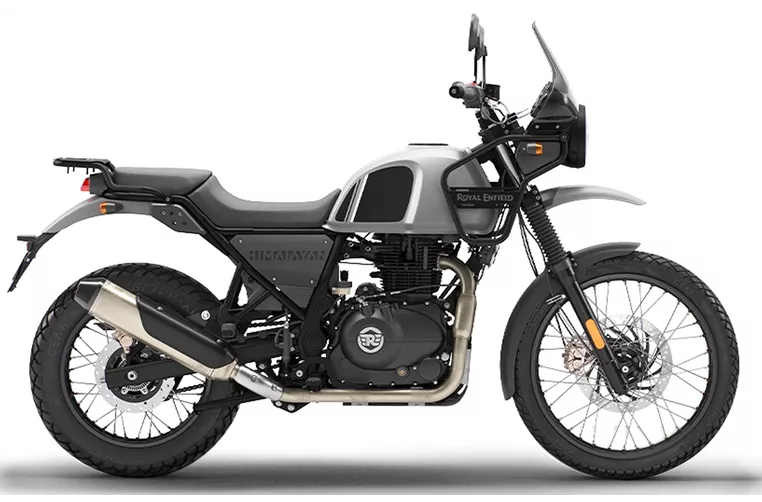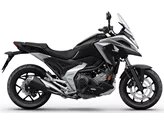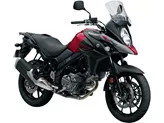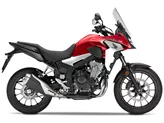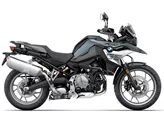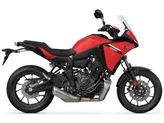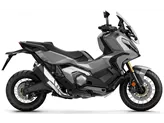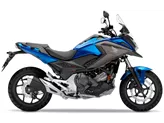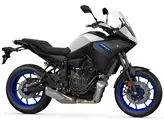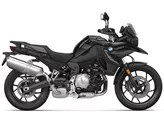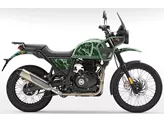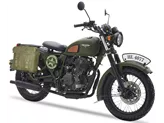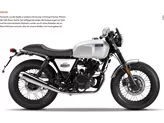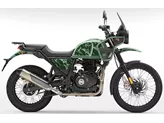Royal Enfield Himalayan 2024 vs. Honda NC750X 2016

Royal Enfield Himalayan 2024

Honda NC750X 2016
Overview - Royal Enfield Himalayan 2024 vs Honda NC750X 2016
The Royal Enfield Himalayan 2024 and the Honda NC750X 2016 are both enduro motorcycles, but they have some distinct differences in their technical specifications and strengths.
In terms of engine and drive train, the Royal Enfield Himalayan 2024 has a bore of 84 mm and a stroke of 81.5 mm, while the Honda NC750X 2016 has a bore of 77 mm and a stroke of 80 mm. The Himalayan has a single-cylinder engine with 40 HP of power and 40 Nm of torque, while the NC750X has a twin-cylinder engine with 55 HP of power and 68 Nm of torque. Both bikes have an electric starter and chain transmission.
When it comes to suspension, both bikes feature a monoshock rear shock absorber. In terms of chassis, the Himalayan has a steel twin-spar frame, while the NC750X has a steel twin-tube, tubular frame.
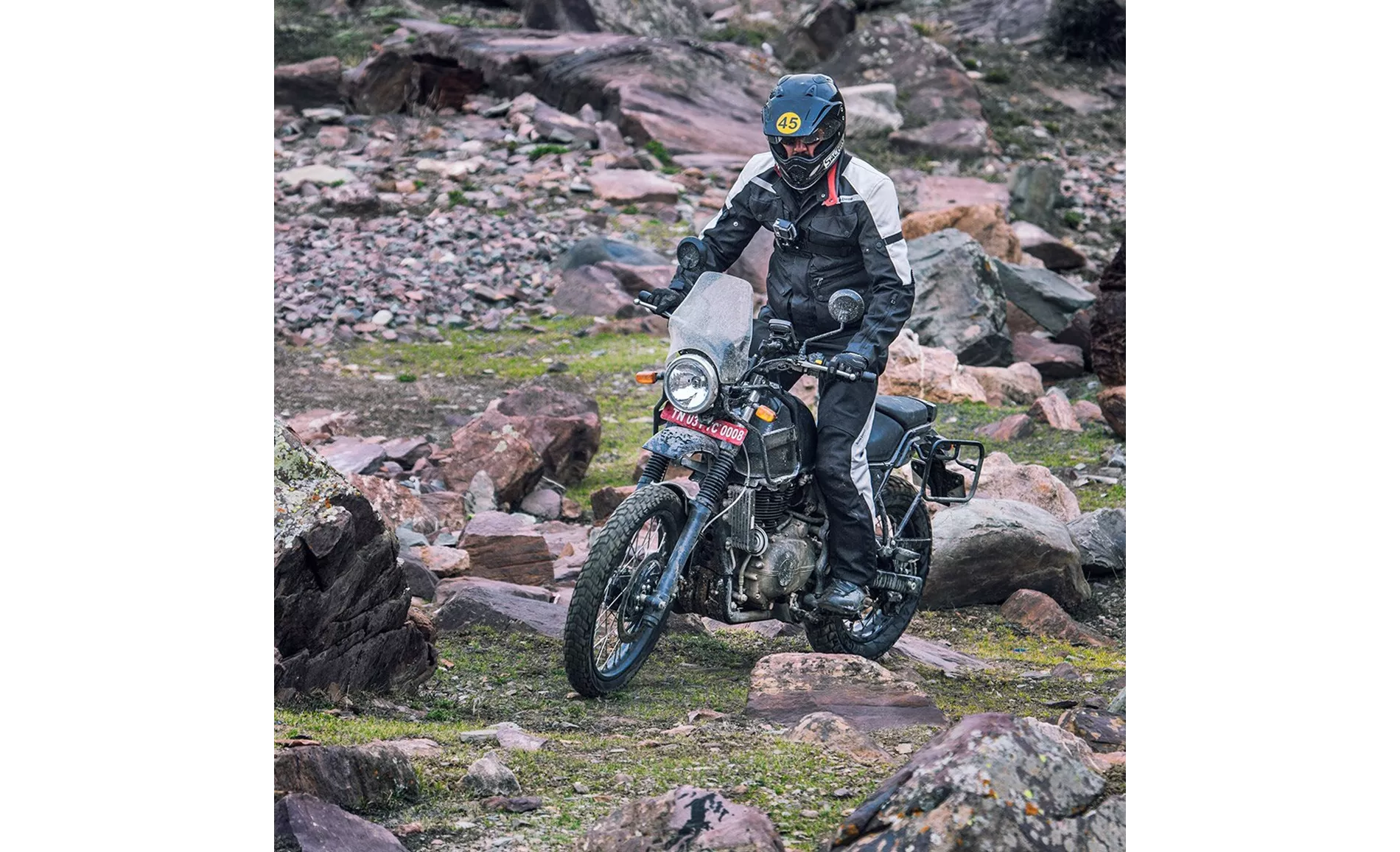
Royal Enfield Himalayan 2024
In terms of dimensions and weights, the Himalayan has a front tire diameter of 21 inches, a rear tire width of 140 mm, and a rear tire diameter of 17 inches. The NC750X has a front tire diameter of 17 inches and a rear tire width of 160 mm. The Himalayan has a wheelbase of 1510 mm, while the NC750X has a slightly longer wheelbase of 1540 mm. The seat height of the Himalayan is 825 mm, while the NC750X has a slightly higher seat height of 830 mm. The Himalayan also has a lower kerb weight of 196 kg compared to the NC750X's 219 kg. Both bikes have ABS and the Himalayan has a larger fuel tank capacity of 17 liters compared to the NC750X's 14.1 liters.
In terms of strengths, the Royal Enfield Himalayan 2024 is praised for its cleanly responsive, low-vibration engine, superbly tuned chassis, good brakes, and modern navigation thanks to TripperDash. It also offers exceptionally good ergonomics when standing and sitting, a fairly high payload, ample standard equipment, and a very long range.
On the other hand, the Honda NC750X 2016 is considered very manageable and affordable, with low fuel consumption. It also features a DCT dual-clutch transmission, adjustable driving modes, and good brakes.

Honda NC750X 2016
However, the Royal Enfield Himalayan 2024 does have some weaknesses. The workmanship could be better, the navigation drains smartphone battery, and the wind protection could be improved.
Similarly, the Honda NC750X 2016 has its weaknesses, including a weak engine and an early onset of the rev limiter.
In conclusion, the Royal Enfield Himalayan 2024 and the Honda NC750X 2016 have their own unique strengths and weaknesses. The Himalayan offers a responsive engine, excellent chassis, and good ergonomics, while the NC750X is known for its manageability, affordability, and fuel efficiency. Ultimately, the choice between the two will depend on the rider's preferences and priorities.
Technical Specifications Royal Enfield Himalayan 2024 compared to Honda NC750X 2016
Pros and Cons in comparison
Pros and Cons in comparison
Royal Enfield Himalayan 2024
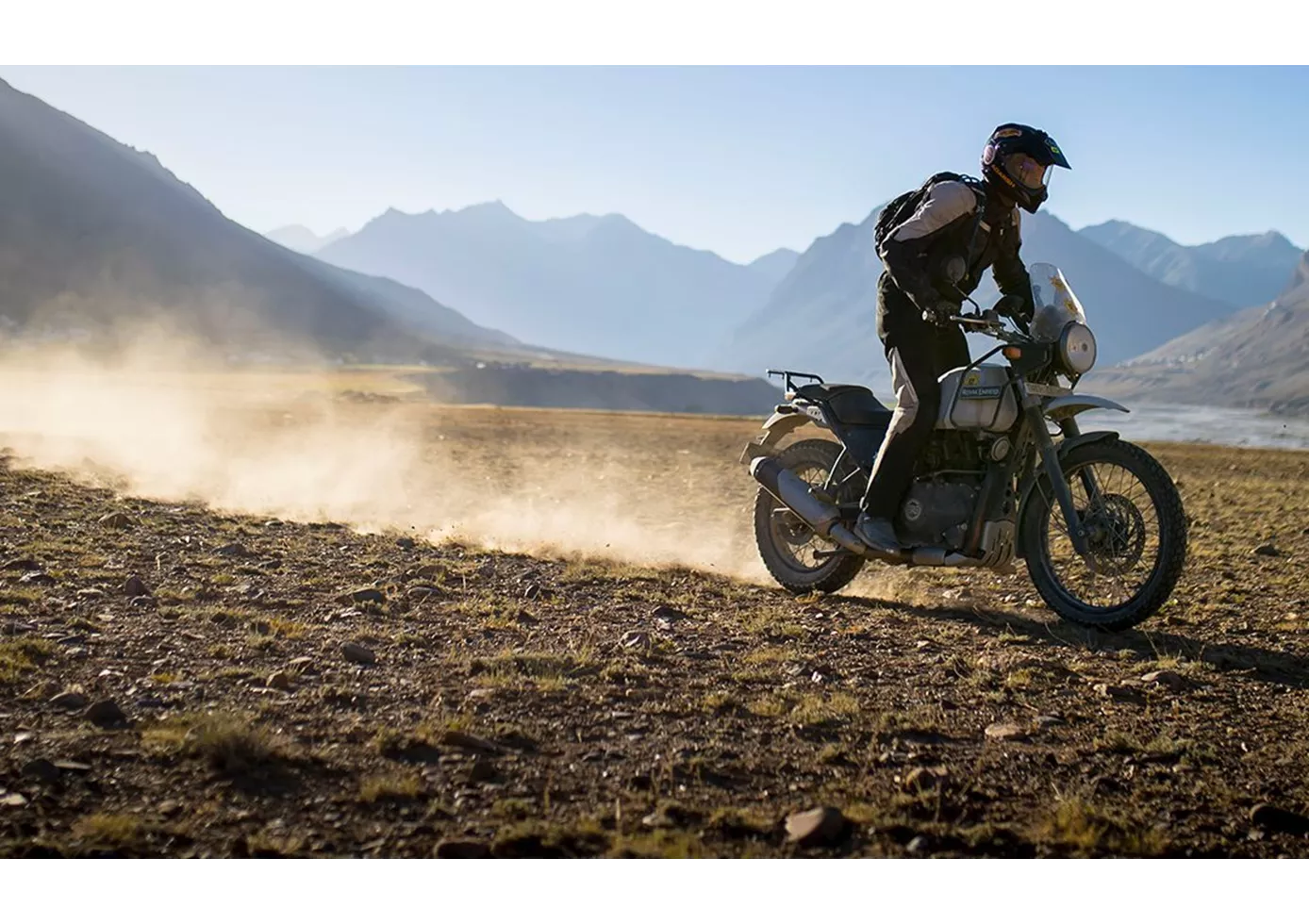
The new Royal Enfield Himalayan is a great evolution of the original concept. It is still not about performance or sportiness, but about accessibility and adventure suitability. Royal Enfield has made significant improvements in the most important areas, such as the brakes and suspension, 40 Horsepower makes it more fun and practical than ever and even includes unexpected features such as the TripperDash with 3D Google Maps navigation. If you can distance yourself from the performance mania of western touring enduros, you will find the Himalayan a nimble, accessible and fun bike for adventures big and small.
Honda NC750X 2016

With its DCT (Dual Clutch Transmission), the NC750X is the most coherent model in the NC range. With its windshield, long suspension travel and the resulting increase in comfort, it is also suitable for longer distances and even travelling. After all, why shouldn't beginners also be able to enjoy comfortable yet uncomplicated travel? Above all, the comparatively low centre of gravity takes away the fear of the visually much larger and more bulky NC750X, even for inexperienced riders. The engine is not too sporty, but the DCT, which changes gears extremely precisely and easily at the touch of a button or even fully automatically, quickly makes you forget that. The helmet compartment under the dummy tank is particularly ingenious.
Price Comparison Avarage Market Price Royal Enfield Himalayan vs Honda NC750X
There are a few key differences between a Royal Enfield Himalayan 2024 and a Honda NC750X 2016. Since model year 2017 1000PS.de editors have written 22 reviews for the Royal Enfield Himalayan and 23 reviews for the Honda NC750X since model year 2014. The first review for the Royal Enfield Himalayan was published on 5/7/2018 and now has more than 77,300 views. This compares to more than 8,800 views for the first review on Honda NC750X published on 11/3/2013.
